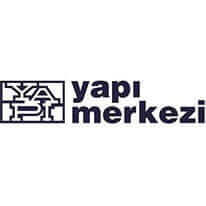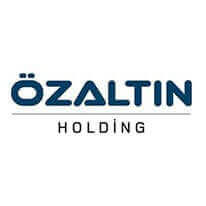Welcome to Civil Engineering Department at Kadir Has University!
Increasing demands on housing, transportation, water, and energy due to the rapidly growing population in local and global contexts and initiatives to ensure sustainability to mitigate unfavorable environmental conditions have increased the demand for civil engineering practice. It is highly expected that more intensive work will be undertaken in civil engineering.
Civil Engineers who are aware of the current developments will be indispensable to developing innovative solutions and new technologies for earthquakes and all other disasters (human-caused or natural), scrutinizing the old building stock and increasing their service life, and improving the effective use of new materials for a livable, sustainable, and resilient built environment.
With the traditional curriculum of the conventional education system, a minimum level of skills, competencies, and proficiencies can be provided to satisfy the basic requirements of the education system and the standards that graduates are obliged to know. In other words, the conventional education system fails to address the new framework of services expected of the civil engineering profession and civil engineers.
Therefore, it is essential to adopt and implement a new approach to meet new requirements in the near and medium term. In this context, a new system that differs from the conventional one was adopted in the following two areas.
The first difference, in brief, is the universal approach adopted for the main subjects and concepts covered in Core Program. Unlike the conventional education system, the new approach facilitates an interdisciplinary and holistic scrutinization of the topics and concepts to help students develop enhanced understanding and innovative solutions to specific problems. Furthermore, students are being exposed to algorithmic thinking and being equipped with some soft skills in addition to natural sciences and mathematics. They get acquainted with Project-Based Education. In Project-Based Education, the faculty members assume the role of mentors instead of being teachers to enhance the students’ effective participation with the help of a set of relevant experiments and observations.
Project-Based Education constitutes the second difference. In addition to the differences above, the active participation of sectoral presence in the classes is another significant difference. In this educational model, the courses are conducted in two categories as “Project-Oriented” and “Project” courses.
A project-oriented course is structured so that within the framework of 6-8 ‘concept-specific’ projects are covered in 14 weeks. Instead of expecting owning of a concept by the student via transfer of knowledge through a lecture by a teacher, the concept-specific projects are run under the supervision of a mentor through a simple physical/mathematical model or a prototype application. Facilitating questioning and doing some research based on observations enhances the process of owning the concept.
A project course is structured so that within the framework of 1-2 ‘subject-specific’ projects are covered in 14 weeks. This configuration is planned to cover all phases of a project’s pre-design and design stages. The projects are preferably an integral part of an ongoing or part of a completed project of one of our business partners. Furthermore, another significant difference of the project courses from the conventional courses is that the subject-specific projects are structured without being limited to the significant subject. That is, just like real project applications, the utilization of all other necessary/relevant fields is integrated into the conduct of the process.
A critical component of this approach is the laboratories necessary for running projects and performing theoretical or applied research. Laboratories, an integral part of the recently established department, are under construction in this context.
The Civil Engineering Program meets national and international accreditations requirements in the new format described above. It provides a solid framework for international cooperation in education and research.





